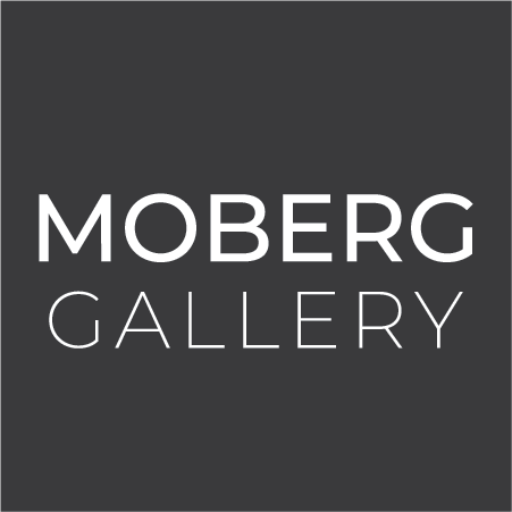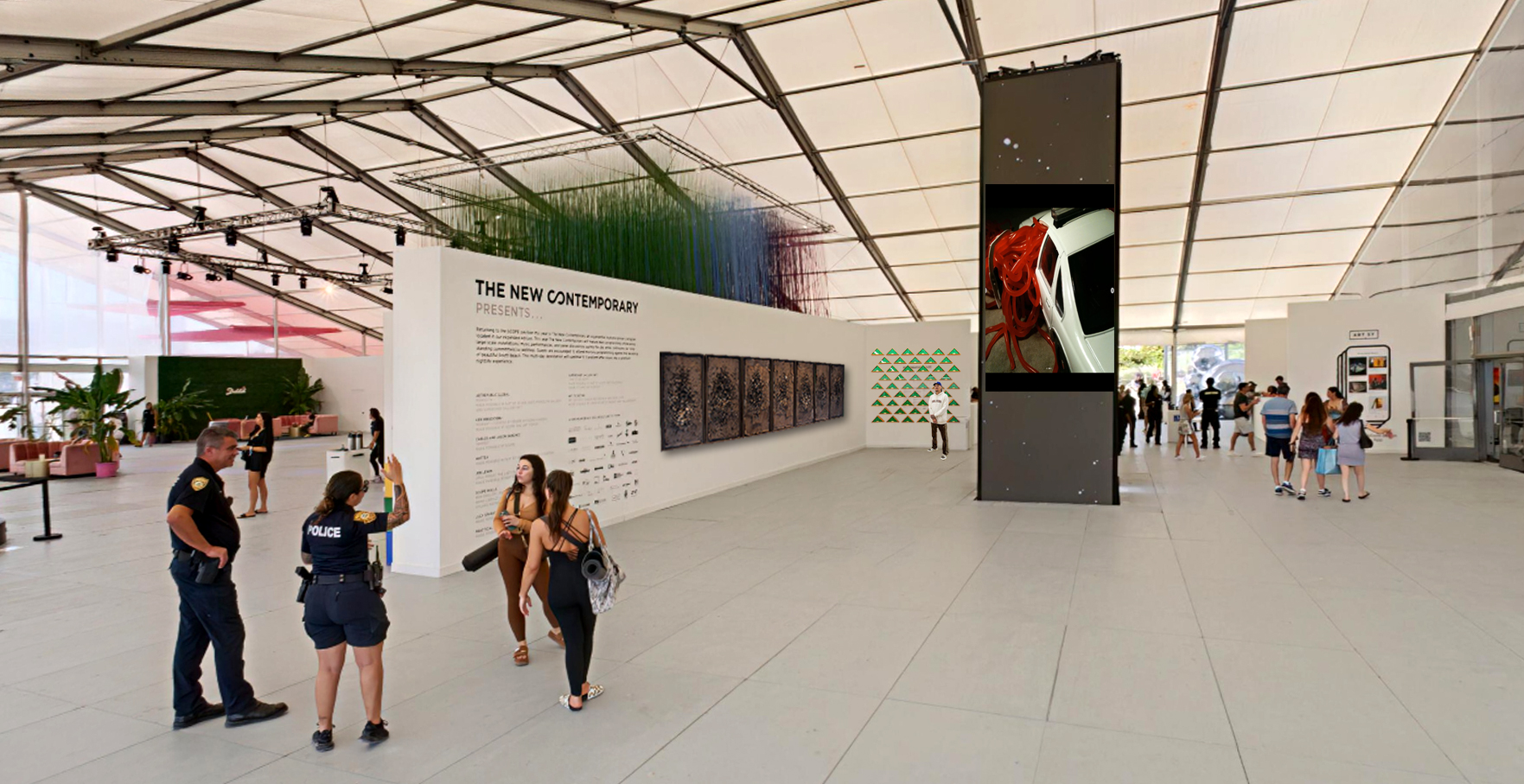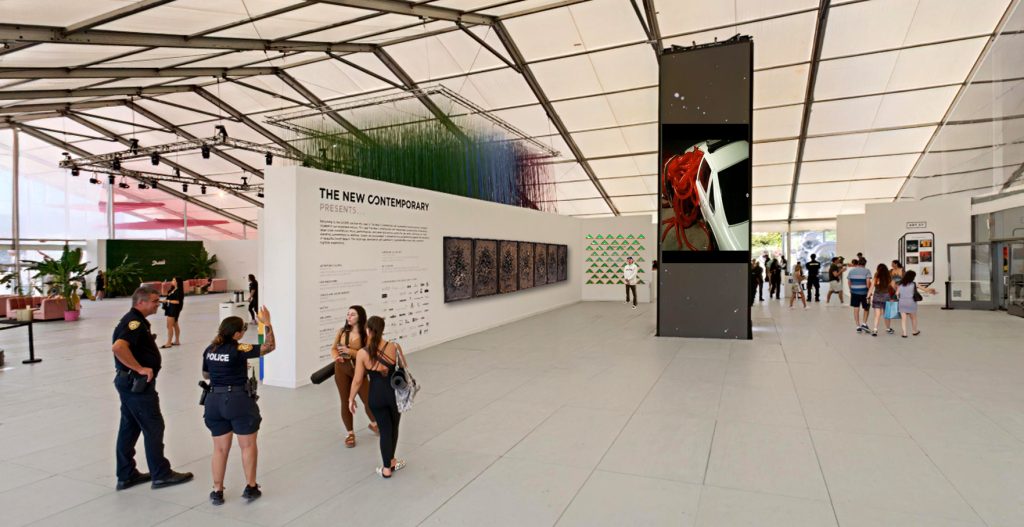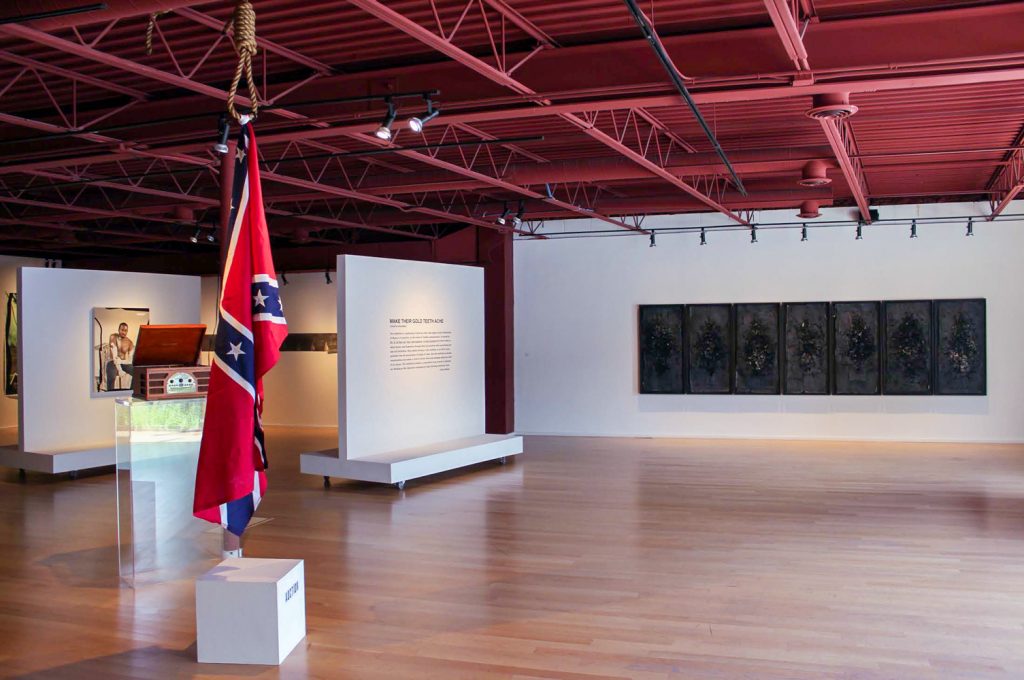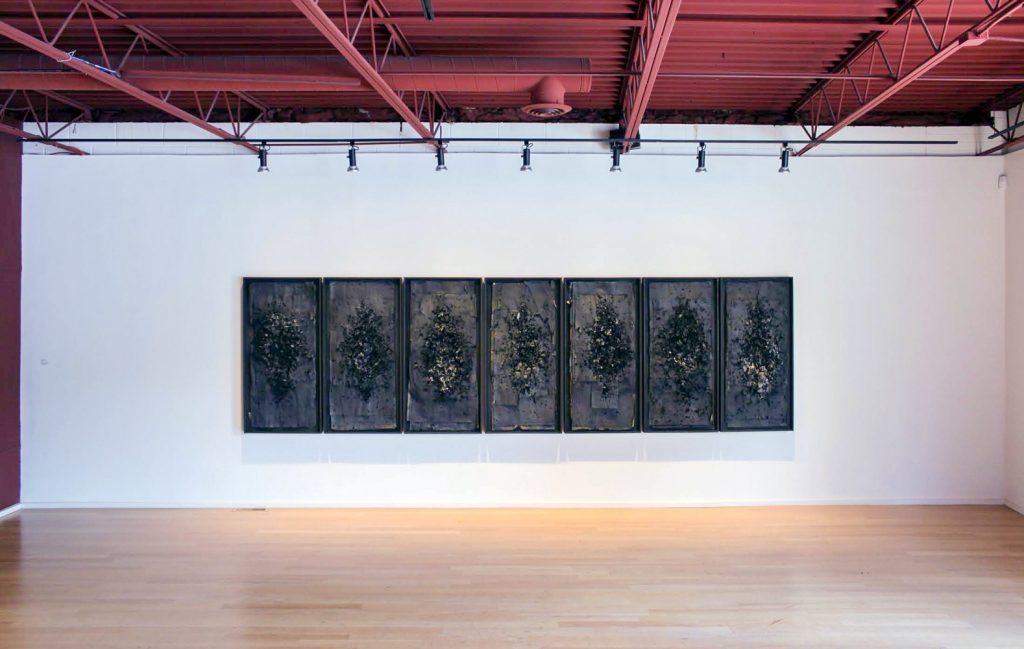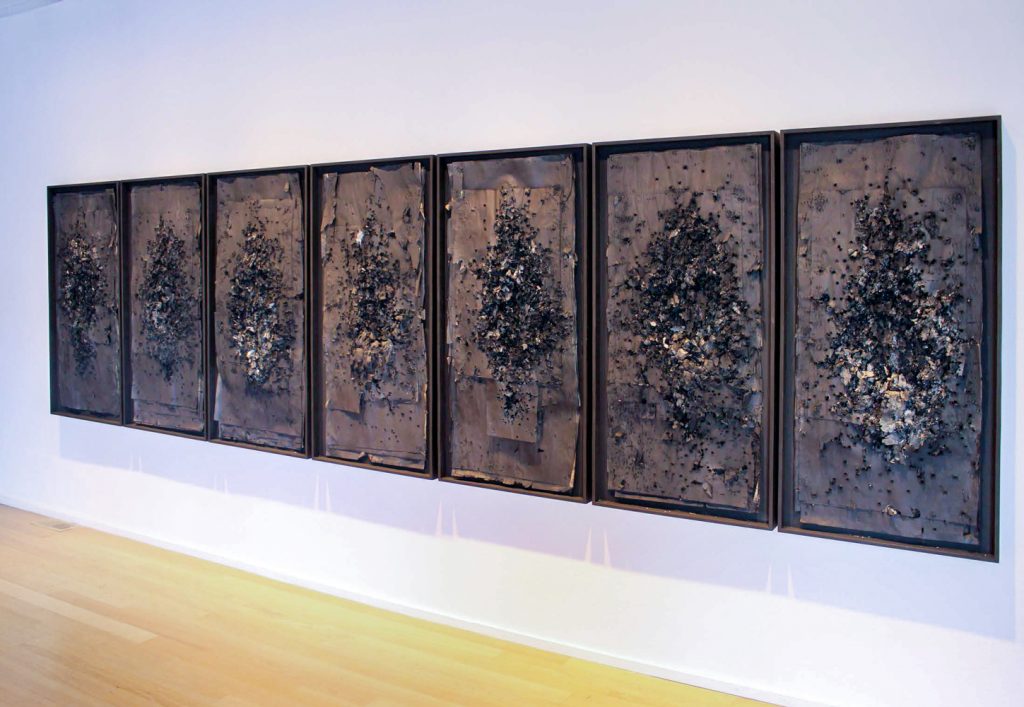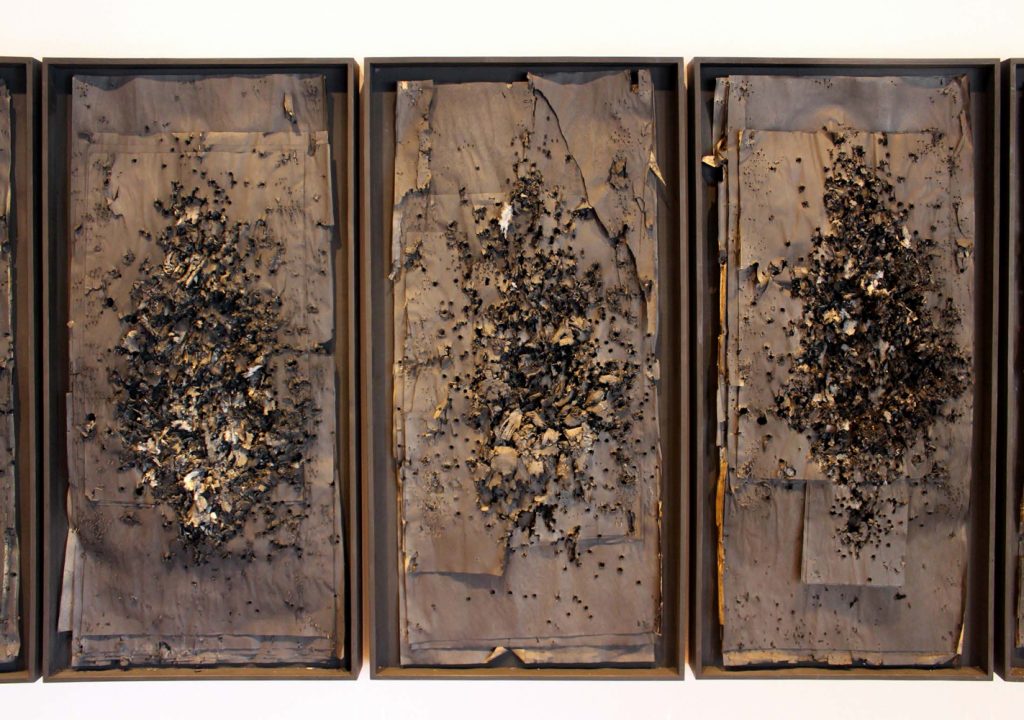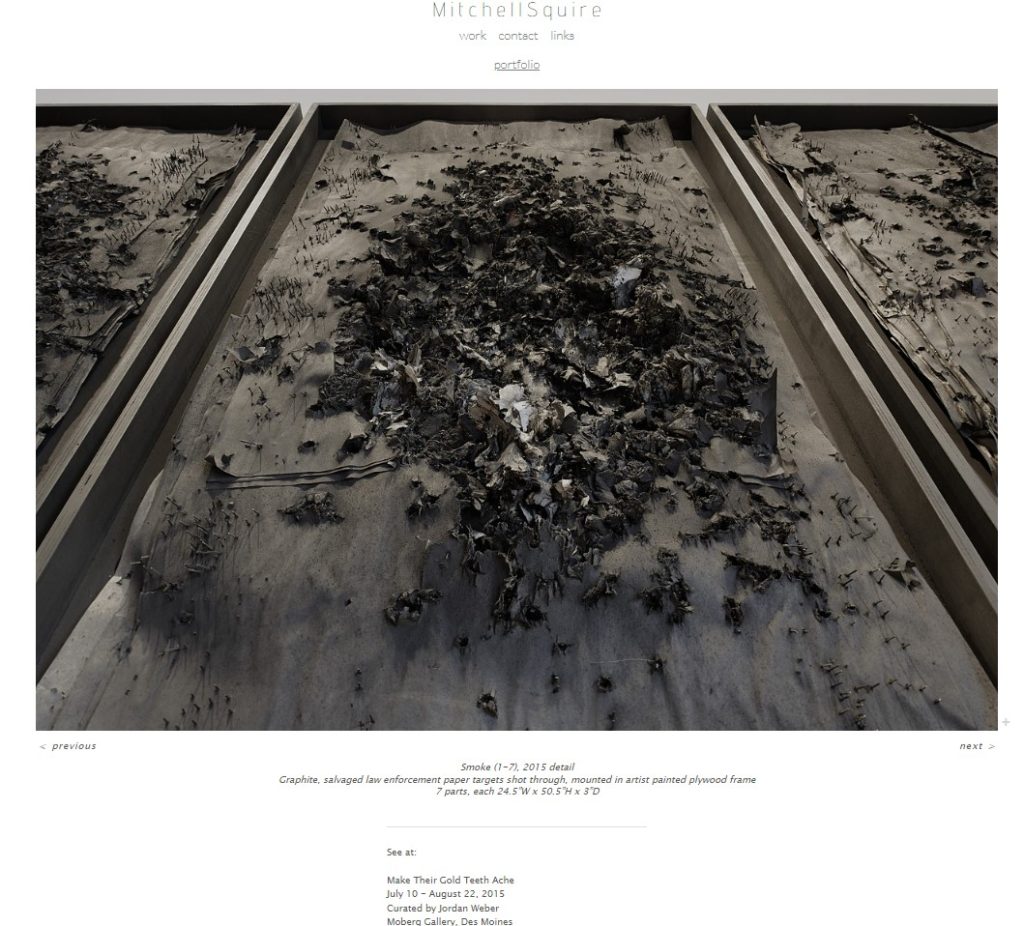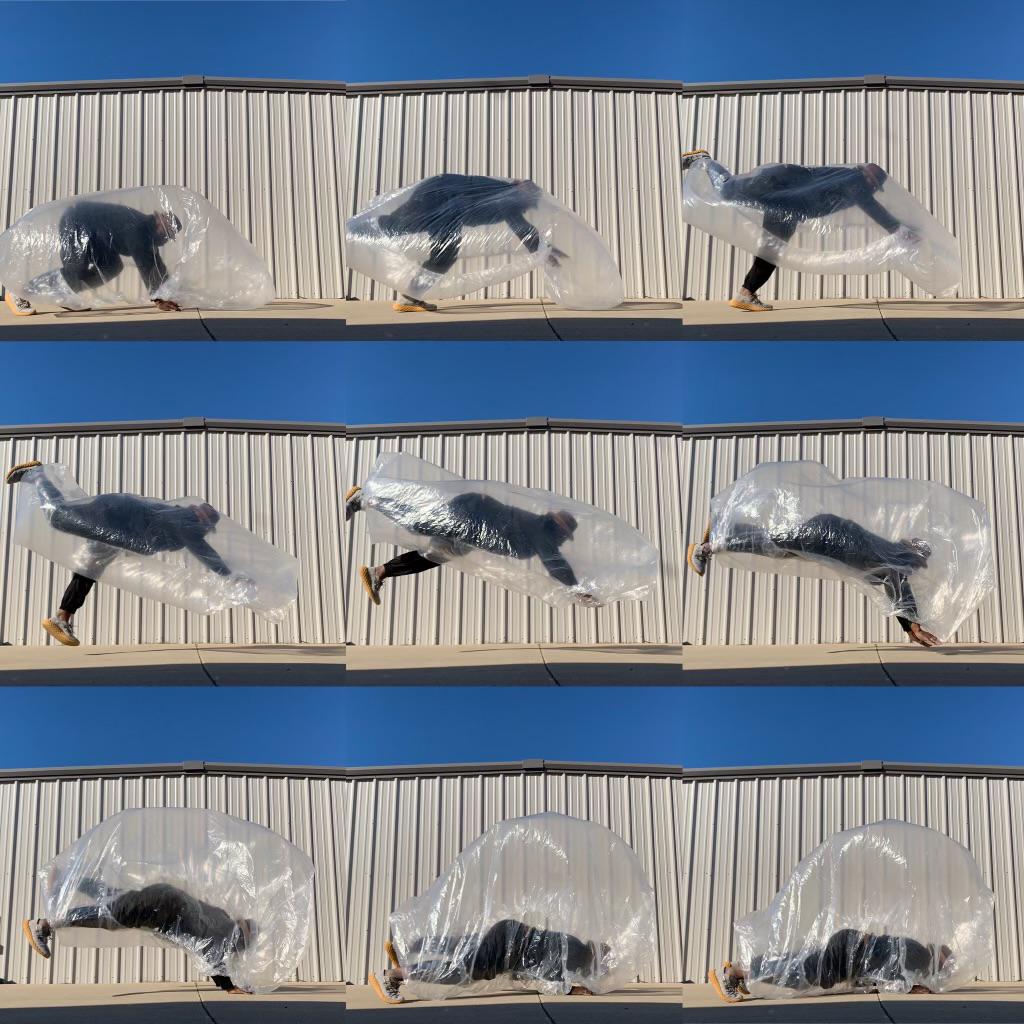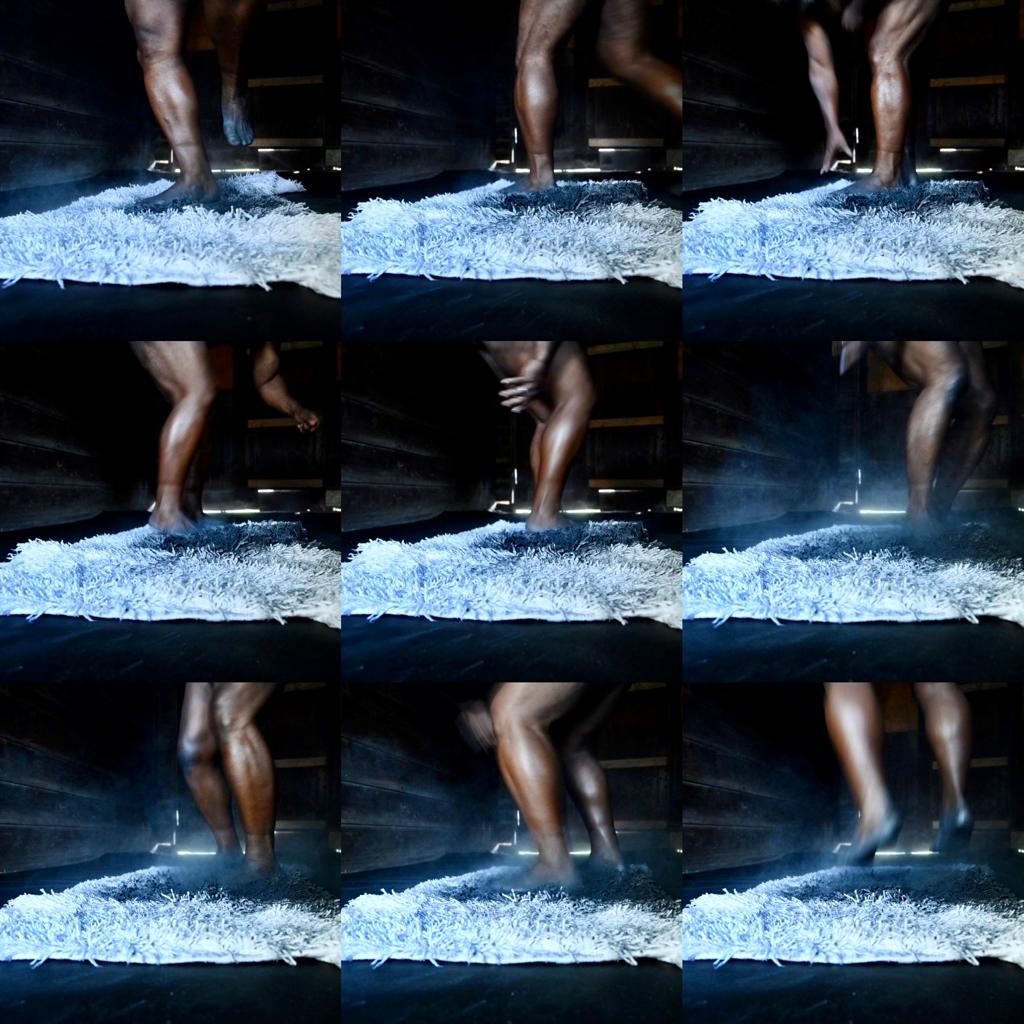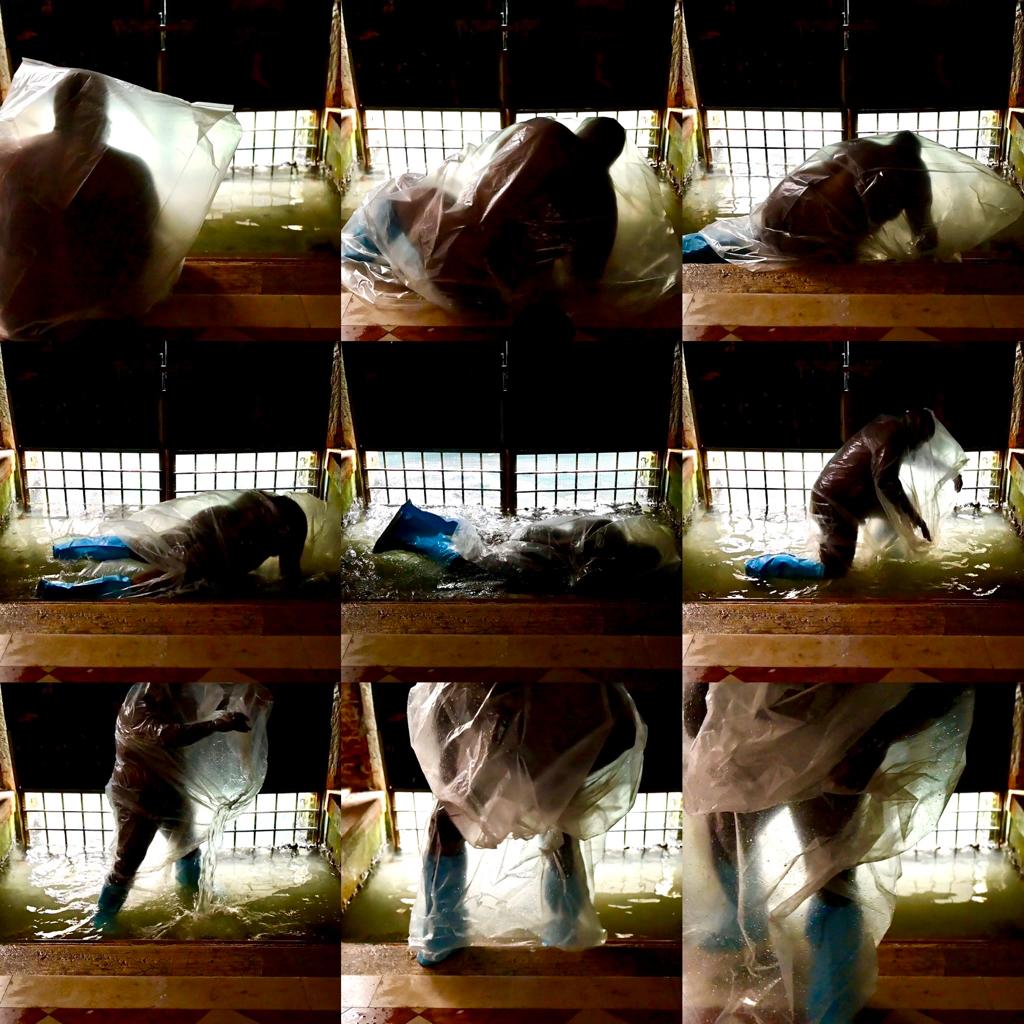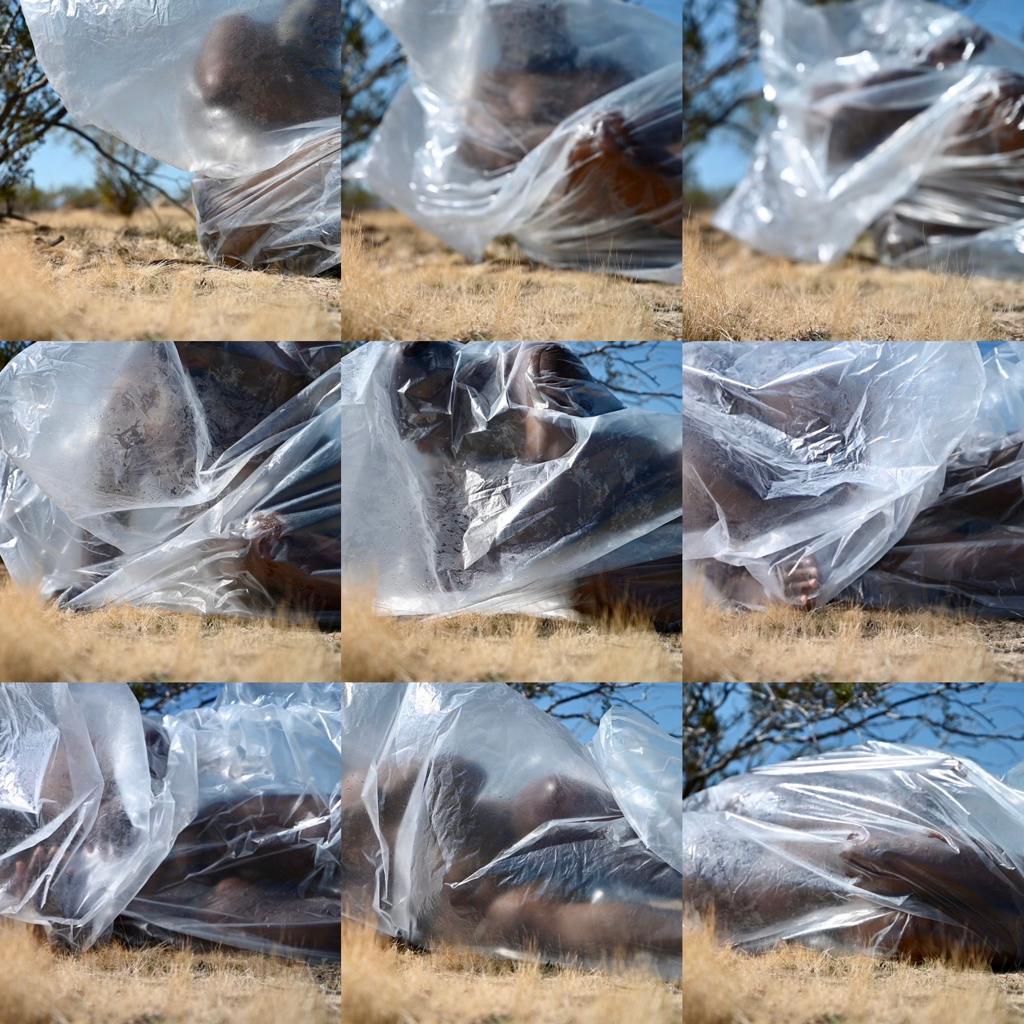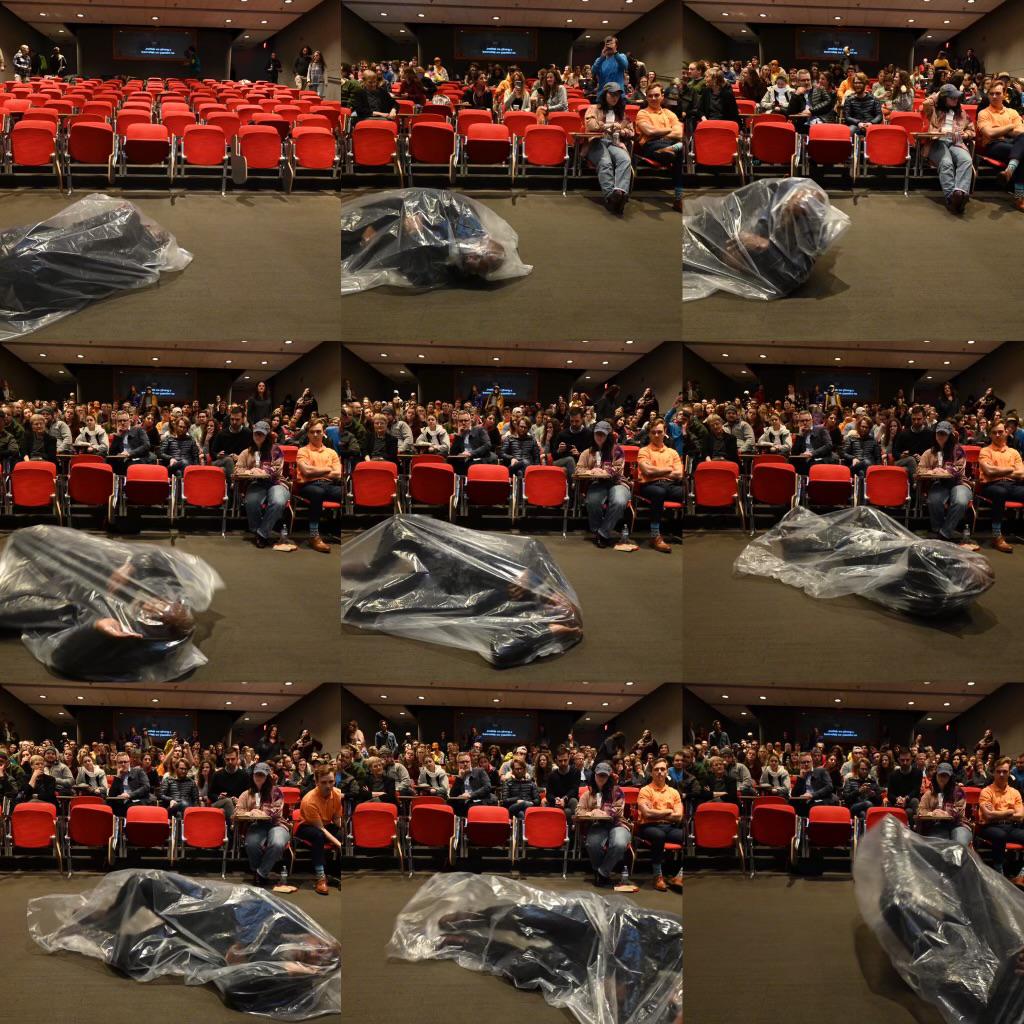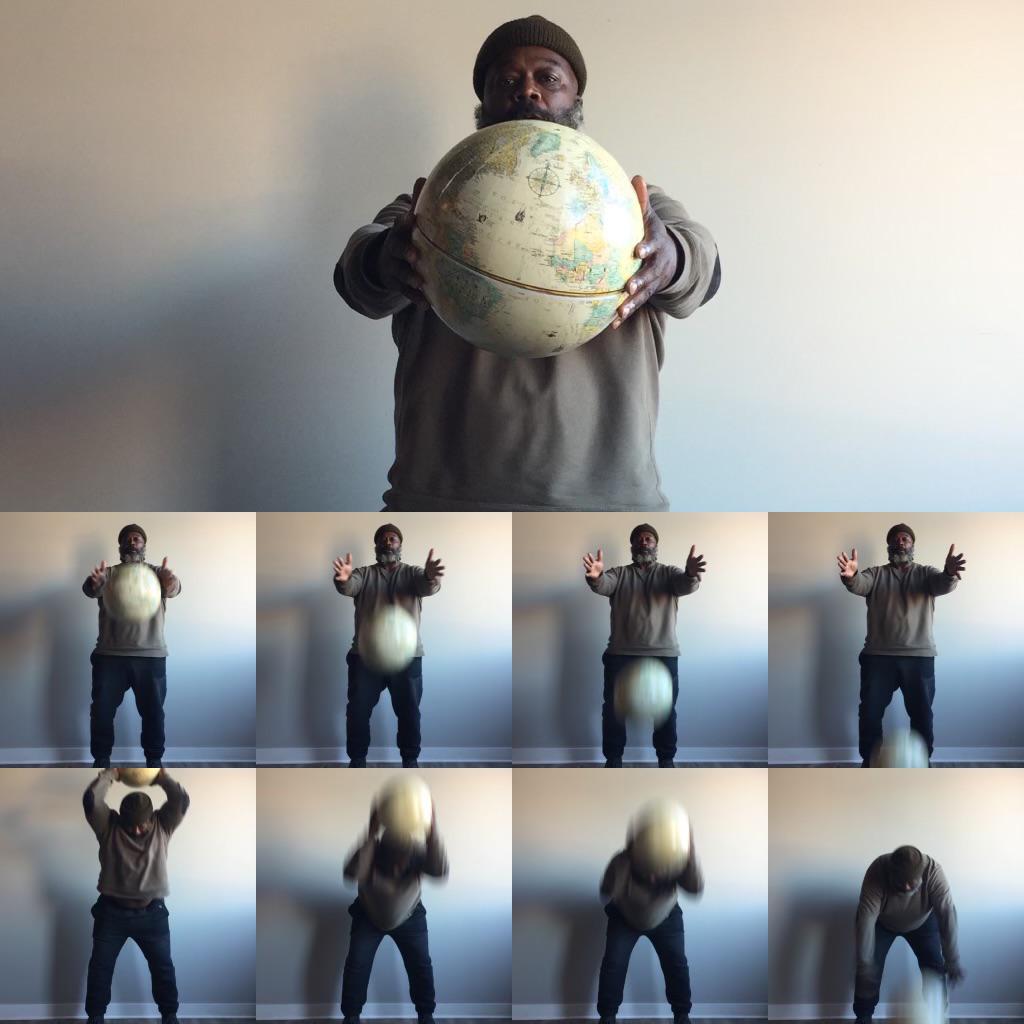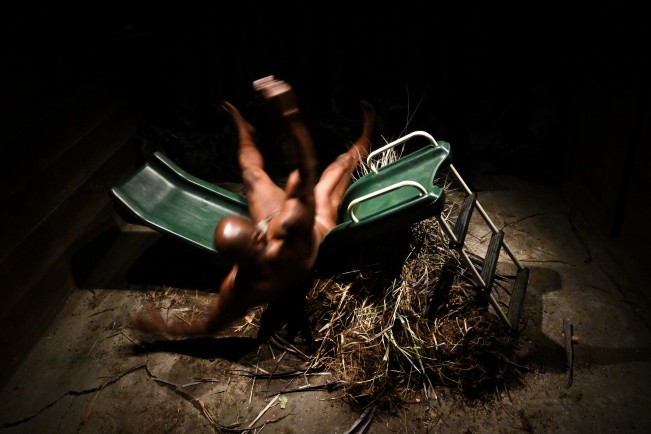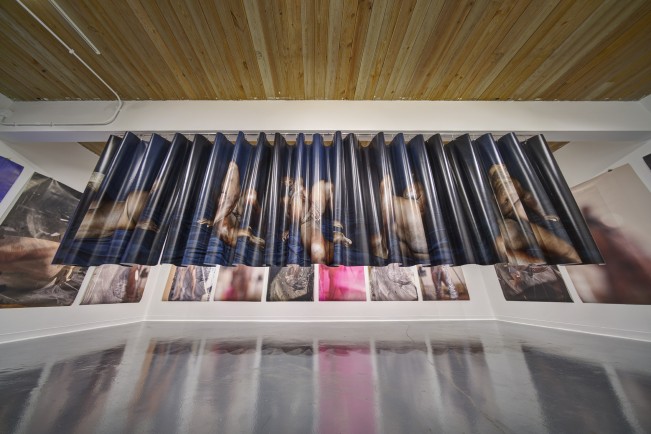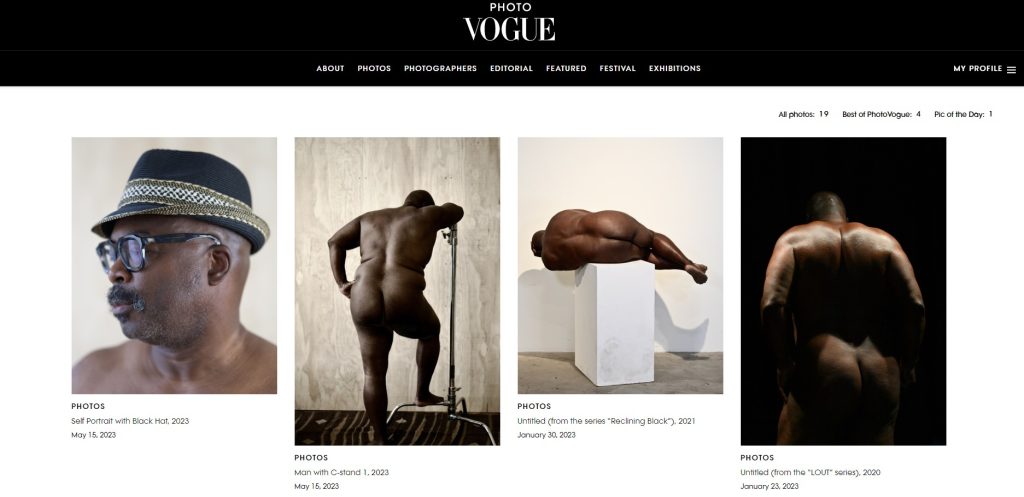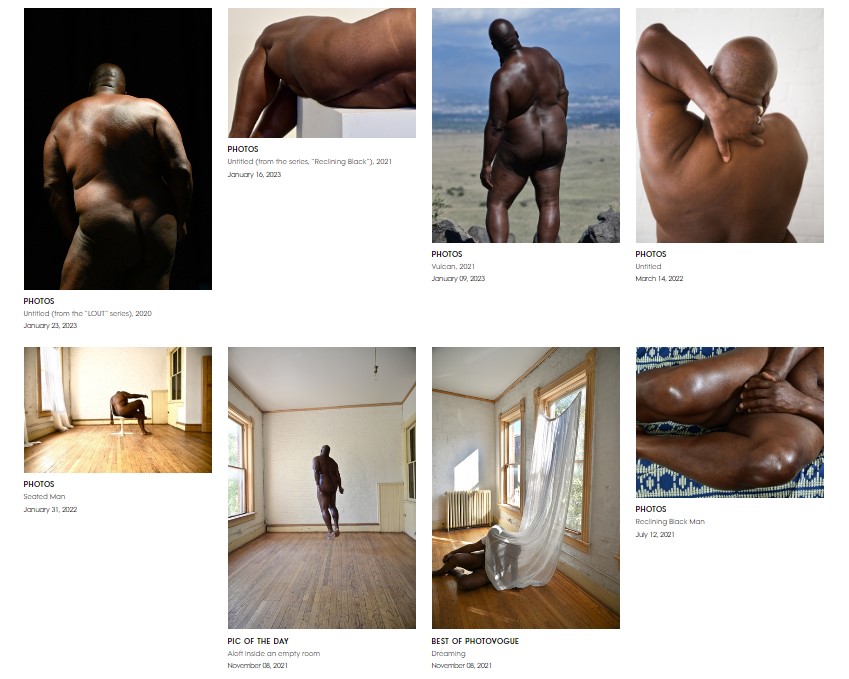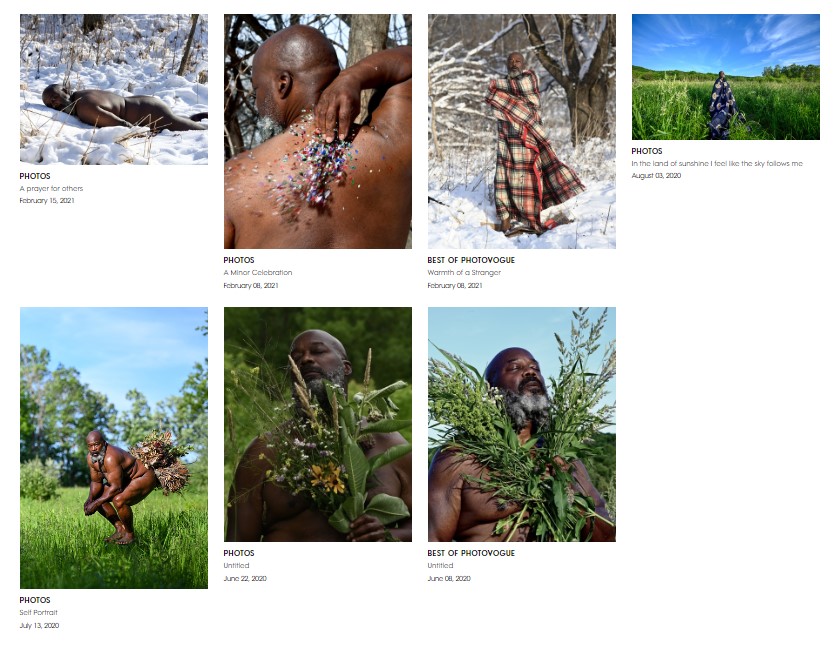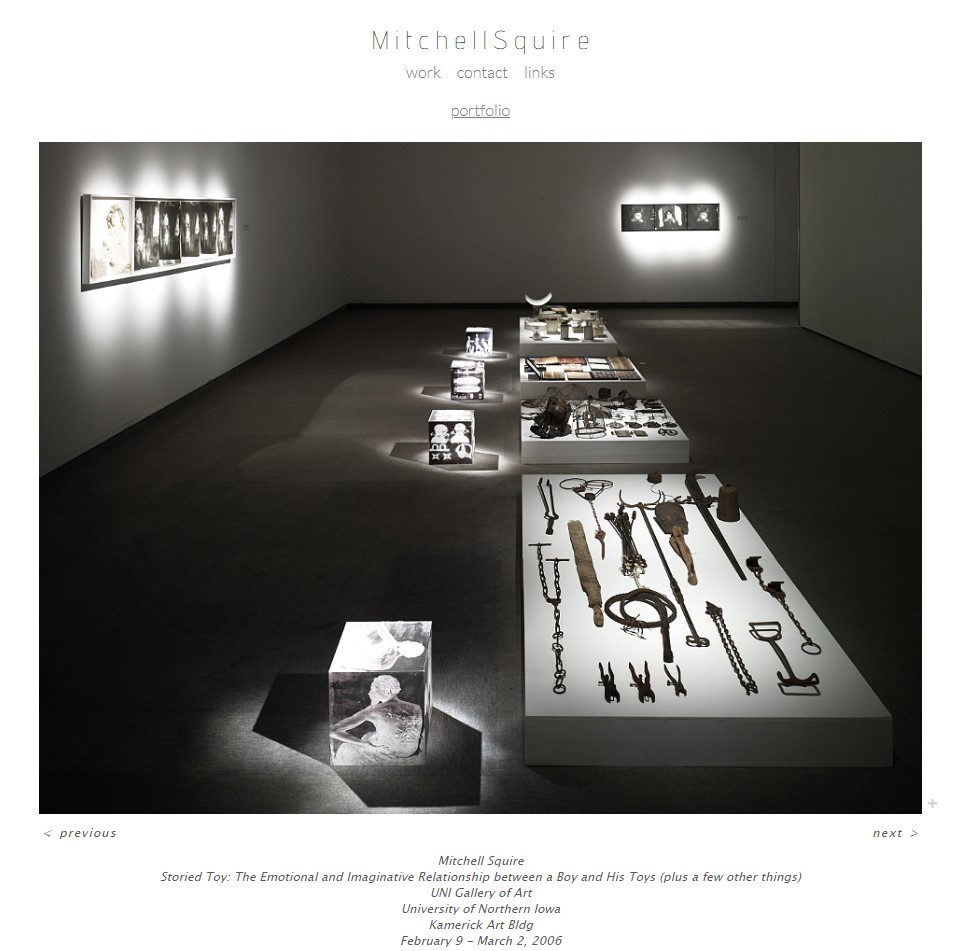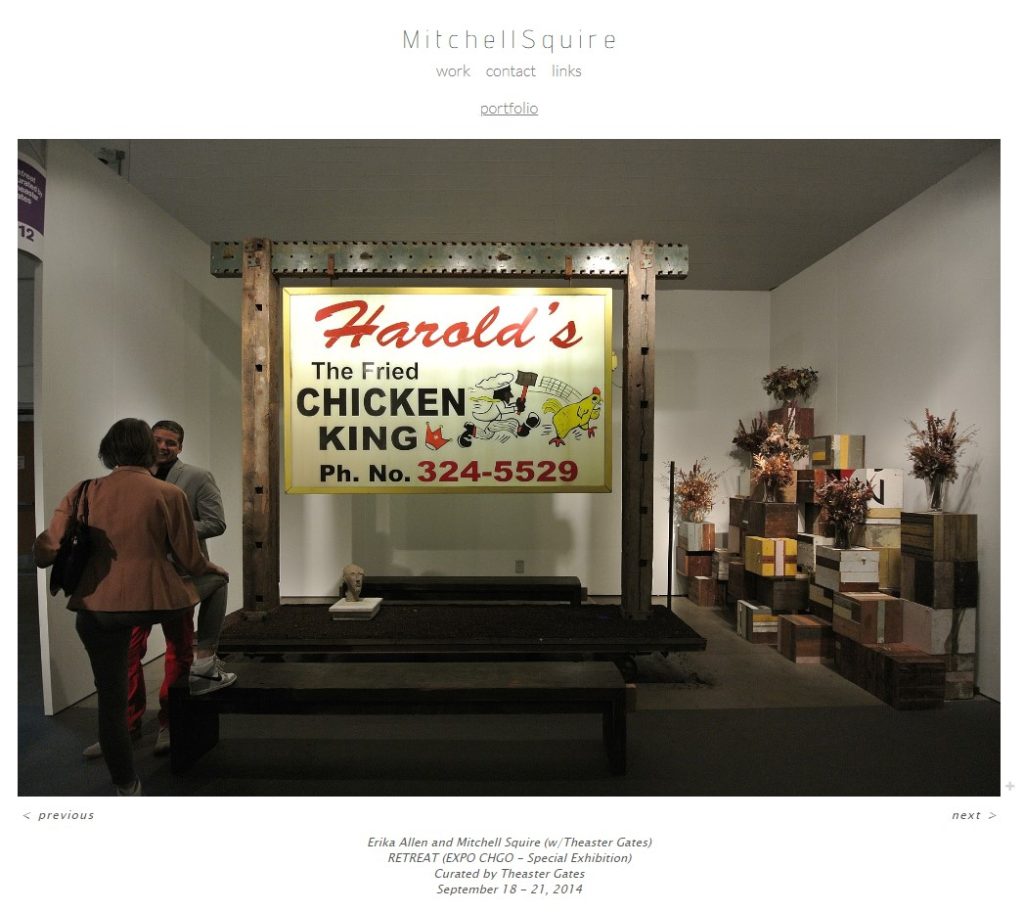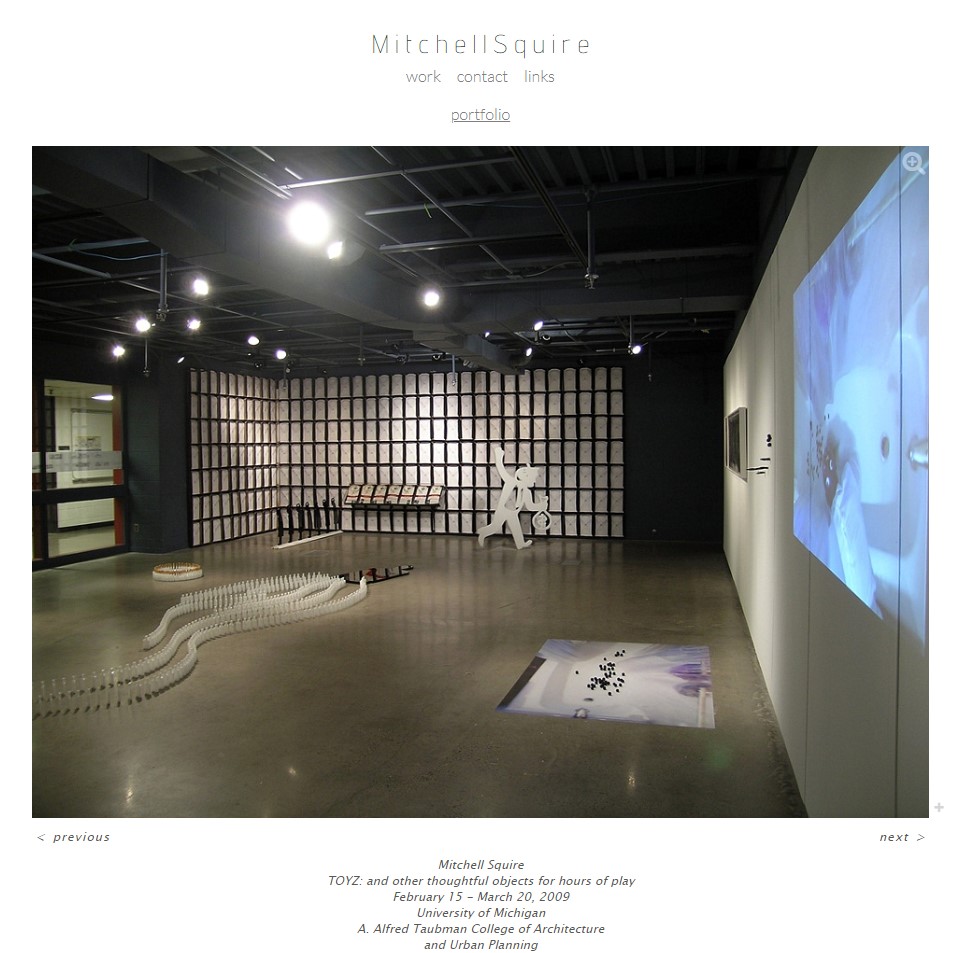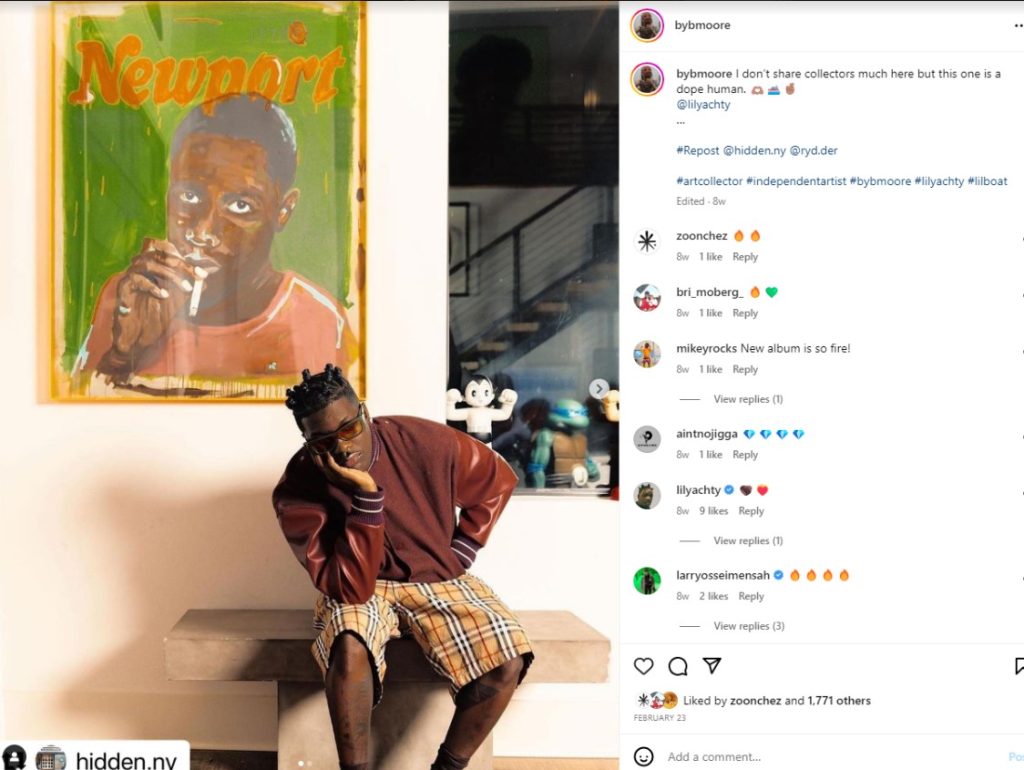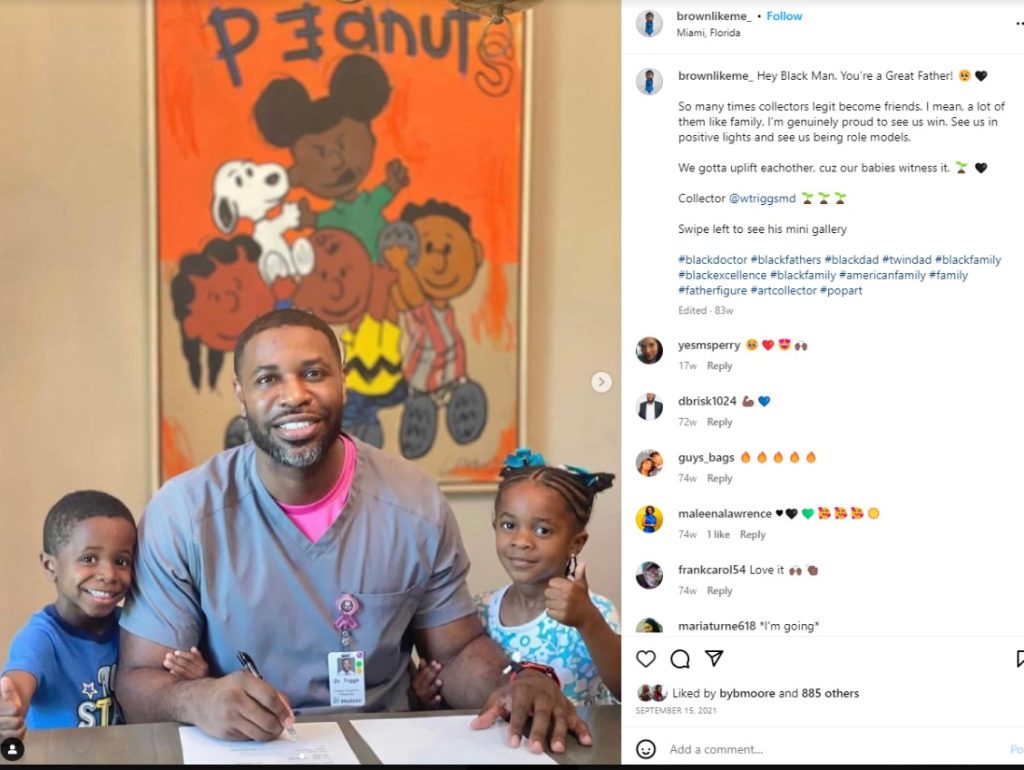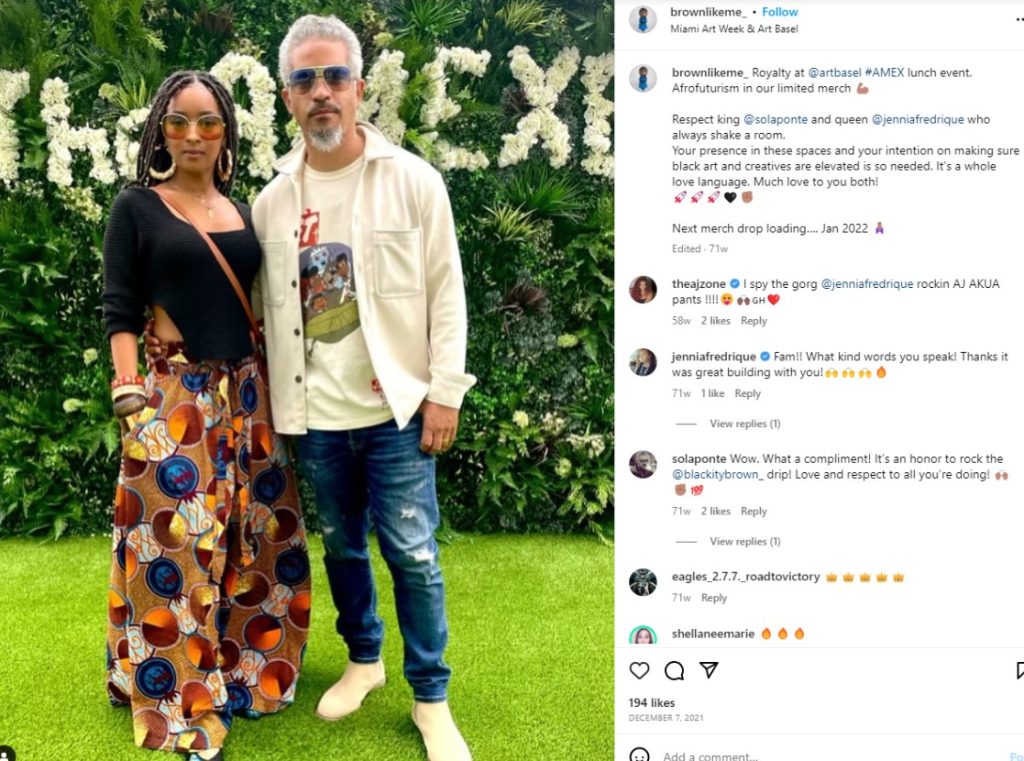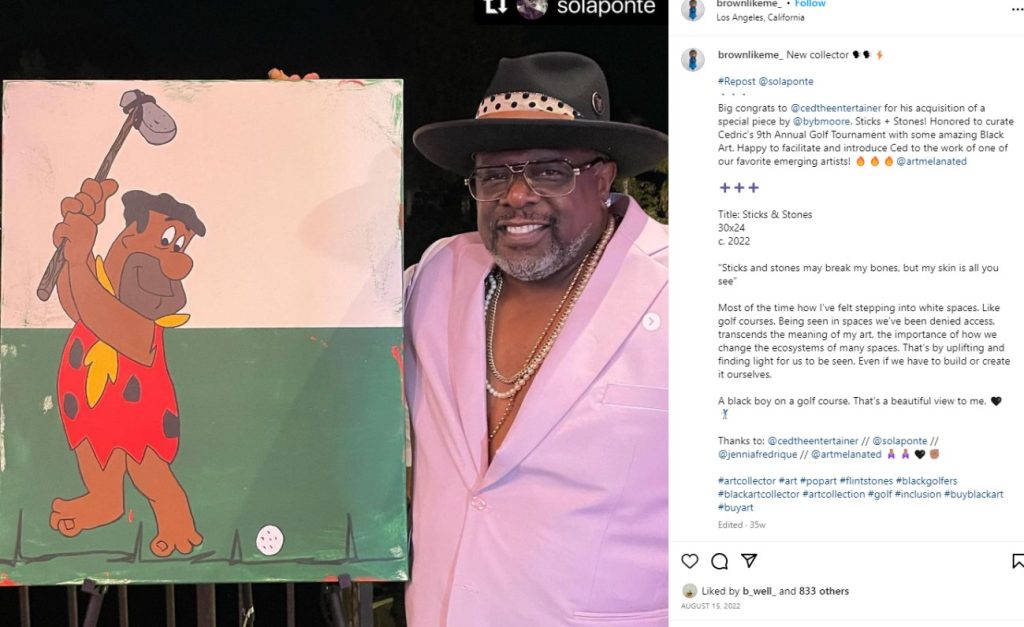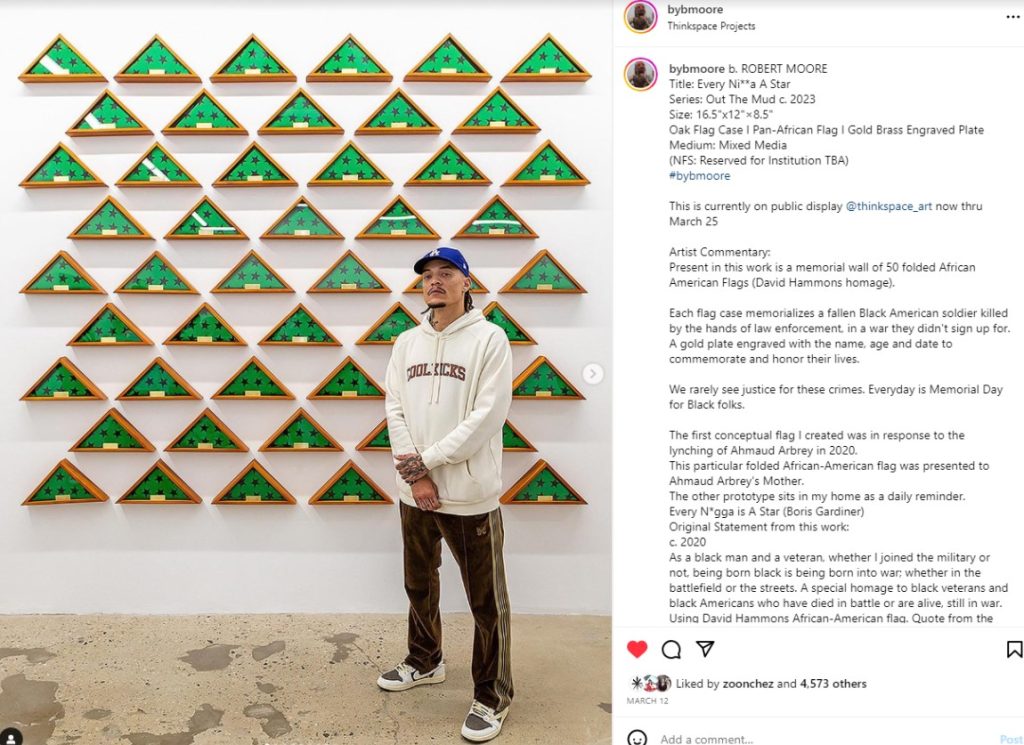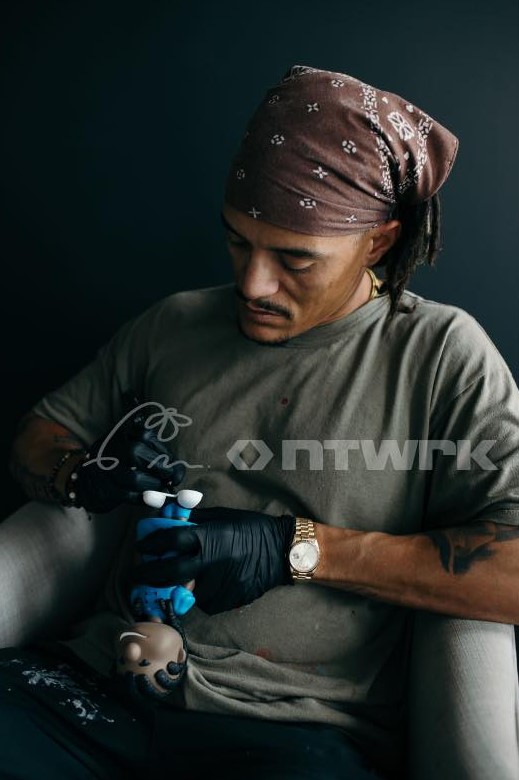Mitchell Squire
Statement for “Targets”
Though the most standard abstract human silhouette targets used in law enforcement training, as shown above, allows no numerical ‘points’ for a shot to the head, as the head is outside of the “center mass” region—which is the most important location of the body that houses vital organs and through which many nerves pass, and thus the most likely area into which to score the highest cumulative points, or concomitantly into which to fire a deadly force shot—when a compressed stack of paper targets retrieved from law enforcement training facilities is turned face down (or reverse) to show the afterimage or registered effect of several rounds of shooting in a single glance, one has to question upon seeing the head region so decimated whether the range master’s directive, “Two shots to the body, center mass… follow it with one to the head. The use of a firearm is deadly force, folks and your shots need to stop the threat,” instills a psychological conditioning that tilts more toward violence (to kill) than it does enforcement of the law to serve, even if “deadly” force has in the moment of crisis been deemed necessary. For “deadly” does in fact mean able or capable of causing death, not necessarily guaranteeing it, as would a shot to the forehead. Force intending to kill would, by that measure, best be called “fatal.” In design, the unintended consequences of the user do most likely trump the intentions of the designer.
Essay about his exhibit featuring the work:
Standing in the middle of Mitchell Squire’s provocative exhibition at Carver Bank, the Bemis Center for Contemporary Arts’ North Omaha satellite, one gets a sense of eerie foreboding in the close quarters surrounded by the over one hundred or so art supporters present at the January 11 opening.
Given the gallery’s use of the phrase “gun violence” six times in the four-paragraph exhibition text, the show could easily be imagined as another grasp by an artist hoping for the public synapses to fire in reaction to a fiercely debated and hotly contested water cooler topic.
At a time when a locally trending article entitled “Omaha, Nebraska: The Most Dangerous Place In America To Be Black” is making the rounds, one might expect an exhibition seemingly focused on “gun violence” to fit quite nicely in among the familiar beat-you-over-the-head-with-my-message-until-you-agree-with-my-viewpoint exhibitions we seem to love so dearly. Mitchell Squire’s We’re gonna have to do more than talk, on view until March 11, is simply not that exhibition and Squire is not that artist.
Though the text might lead one to believe otherwise, gun violence does not seem to be the driving force behind Squire’s motives. Admittedly the exhibition, simply two groupings of framed works of paper and a collection of architecture and design books lifted from artist Theaster Gates’ Dorchester Projects in Chicago, is heavy as the artist makes quick work of an easy image: a shooting range target, a black silhouette designed for one purpose, but Squire makes no intention in leaving the his works in a place as simple as a statistic or a pointed finger. Instead, he has reconfigured this dark information and imagery and placed a spotlight on the open space created by this issue that he hopes to fill with talk and activity.
This was quite apparent when Squire, during his gallery talk, did nothing short of preach to an ever-growing audience that this work was being presented to the public to invite the viewer into the laboratory with the artist, giving the community room to speak and possibly reevaluate their surroundings.
An associate professor of architecture at Iowa State University, Squire was invited to exhibit at Carver Bank shortly after the departure of long-time Chief Curator, Hess McGraw. The pairing of Squire and Carver Bank seems only appropriate, as Gates, Carver’s founder, is a colleague and former student of Squire’s. Again, at his gallery talk, the artist jokingly boasted at providing Gates with opportunities in years past that helped create the young-art powerhouse that is Theaster Gates and his Rebuild Foundation.
Mitchell Squire curated by Theaster Gates at White Cube
Performance piece documentation
B. Robert Moore
As an emerging contemporary multi-disciplinary artist, Moore has amassed an impressive high profile and celebrity collector base including Gayle King, Taye Diggs, Reverend Dr. Calvin O. Butts III, Dr. Joy Simmons, Dr. Nikole Hannah-Jones, Ayesha Selden and Spice Adams. Cedric the Entertainer
https://littlevillagemag.com/art-was-robert-moores-saving-grace/
https://www.instagram.com/bybmoore/?hl=en
https://hyperallergic.com/tag/b-robert-moore/
https://thinkspaceprojects.com/shows/b-robert-moore-out-the-mud-a-black-american-rite-of-passage-gallery-i-2023/show-pieces/
https://www.juxtapoz.com/news/painting/b-robert-moore-s-out-the-mud-a-black-american-rite-of-passage-thinkspace-projects-los-angeles/?fbclid=IwAR3weNO4eJd7iSrQWAxpYEDyBXpu2XAKlSeM-Bpg4w3khzqWNaOiHzXt25c
https://www.instagram.com/p/CpsPzryOg6n/?hl=en
https://www.instagram.com/p/Cogf_BuMf6B/?hl=en
